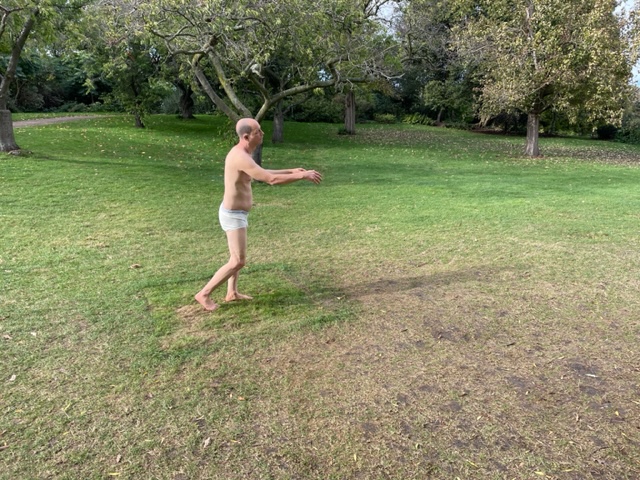William Sharpe joined us as our Café guest. His book on The Art of Walking: a history in 100 images was published to wide acclaim. So how did he come to choose which images best represented the art of walking, and what did he choose to leave out, and why?
What does a walk look like?
From cave art to contemporary performance, William Sharpe reveals that a depicted walk is always more than a matter of simple steps. Whether sculpted in stone, painted on a wall, or captured on film, each detail of gait and dress, each stride and gesture has a story to tell, for every aspect of walking is shaped by social practices and environmental conditions.
And what do we read into what we see?
Related

The Art of Walking
We are delighted to have William Sharpe join us as our Café guest. This time last year, his book on The Art of Walking: a history in 100 images was published to wide acclaim. So how did he come to choose which images best represented the art of walking, and what did he choose to leave out, and why?

